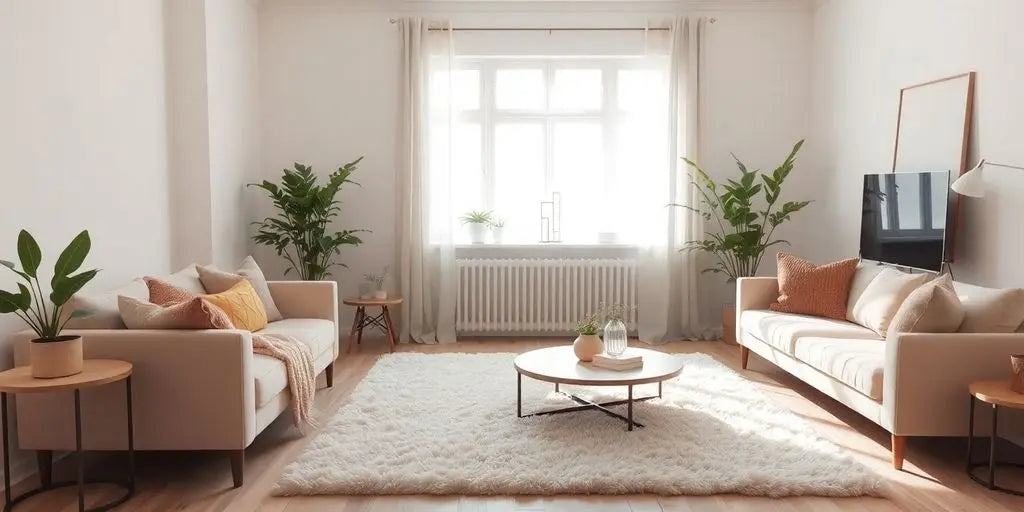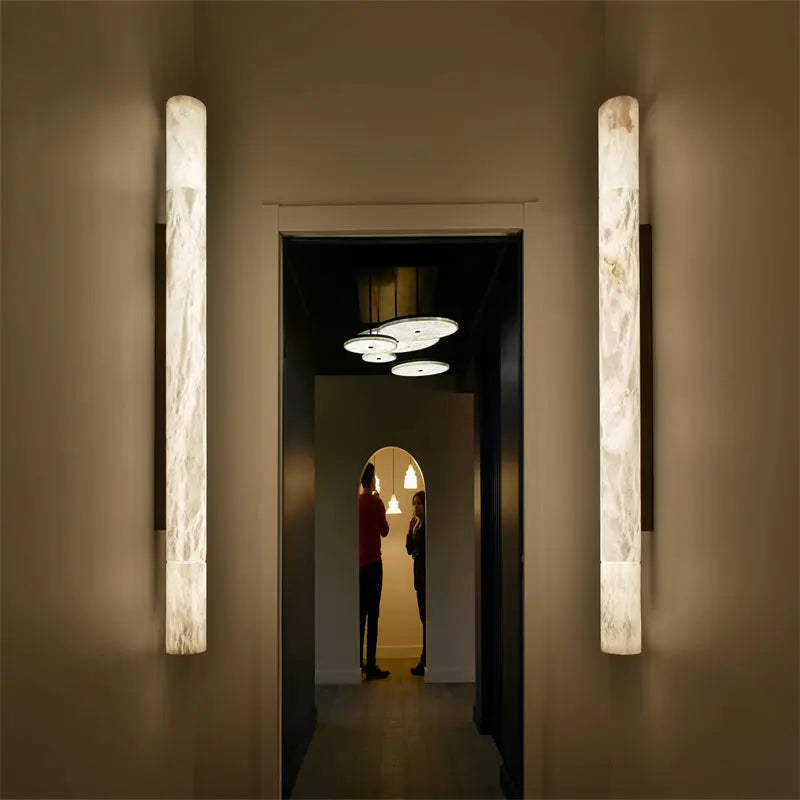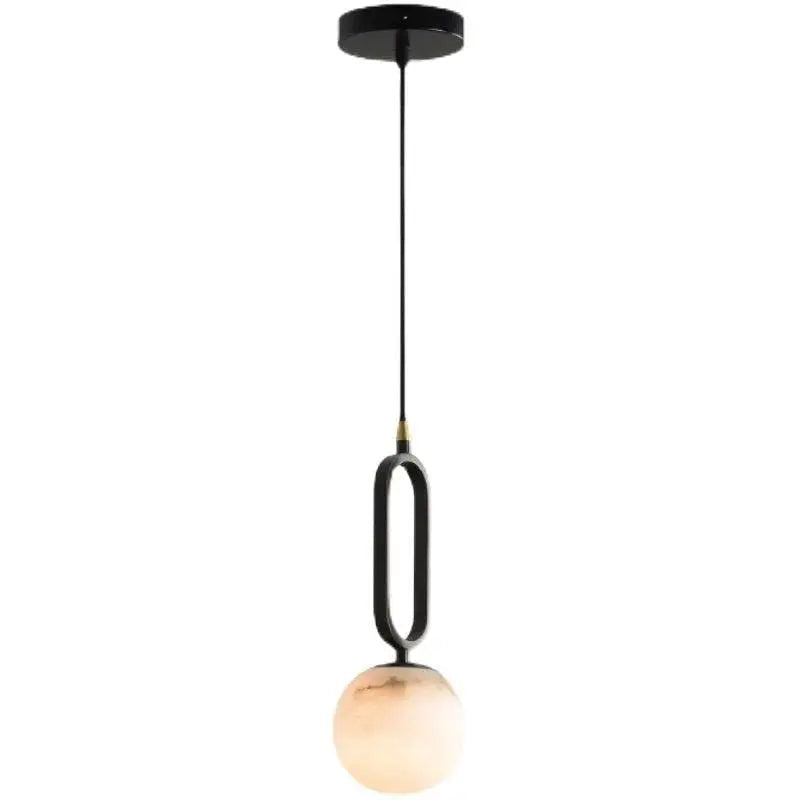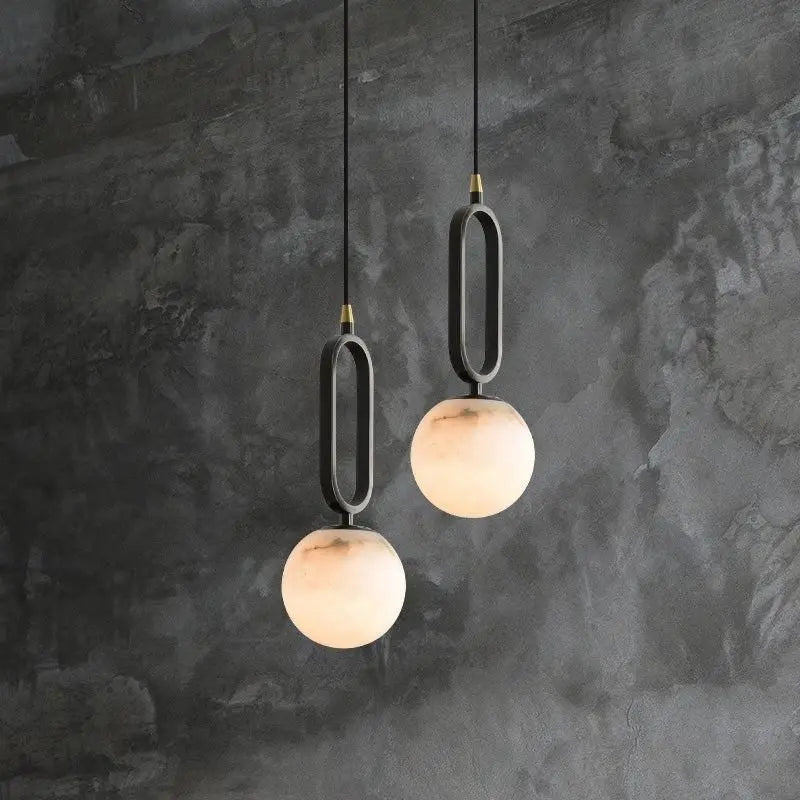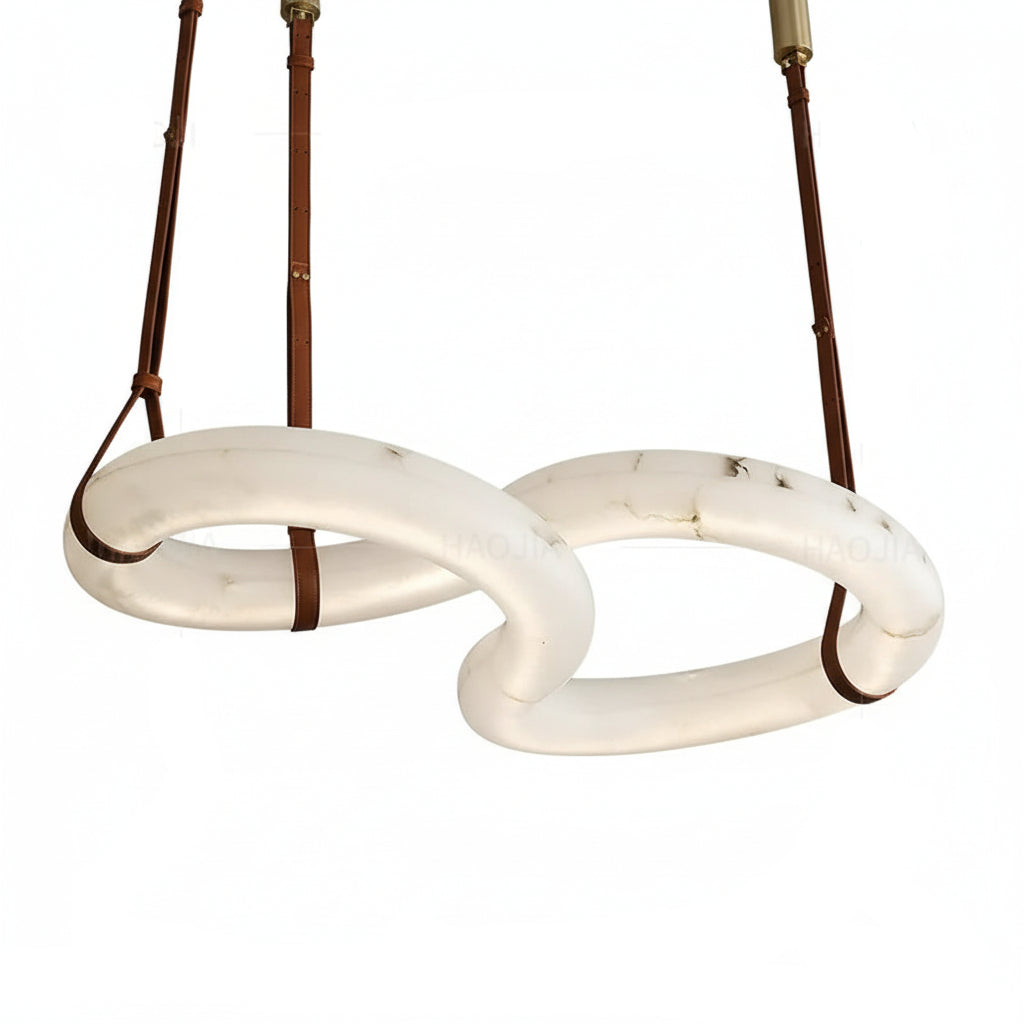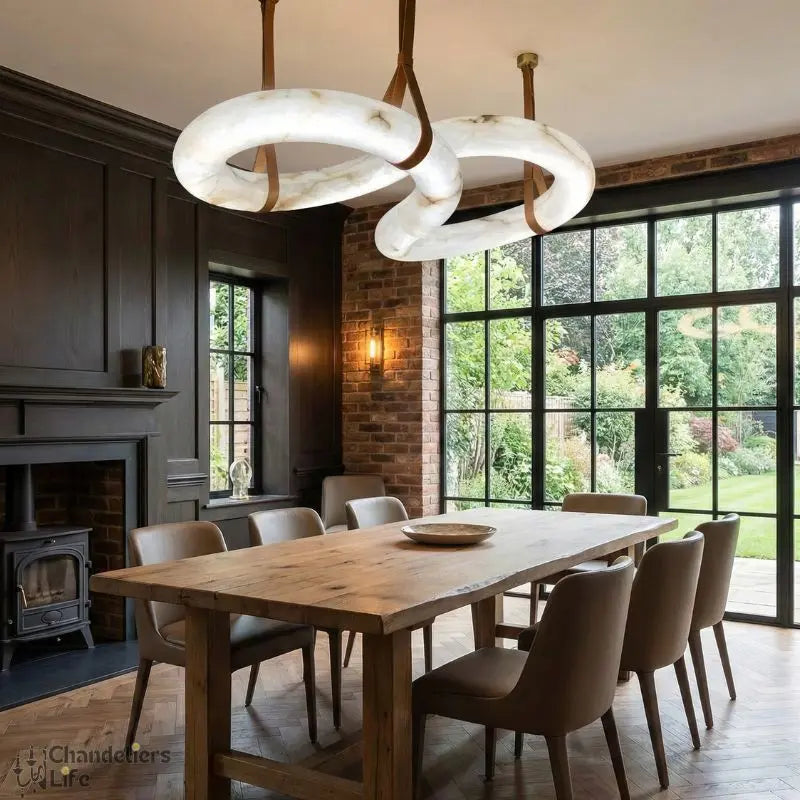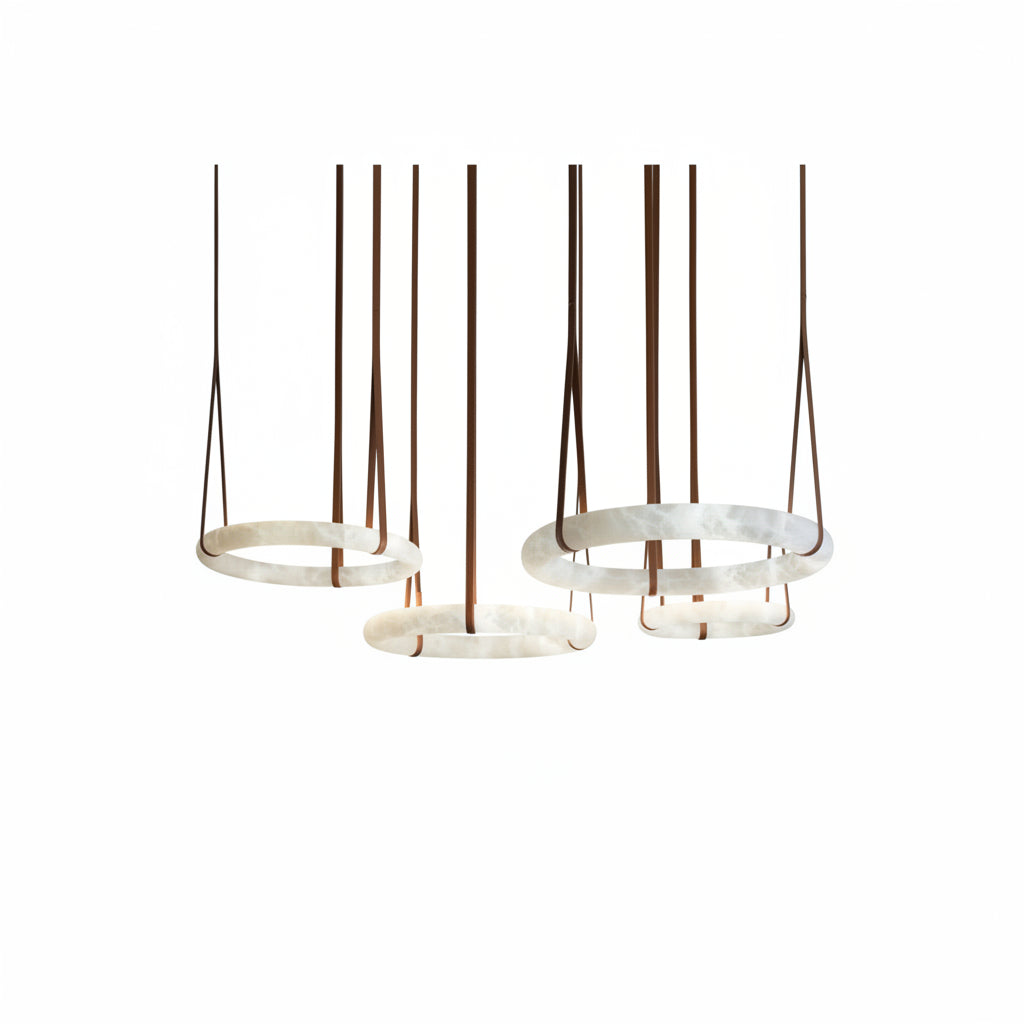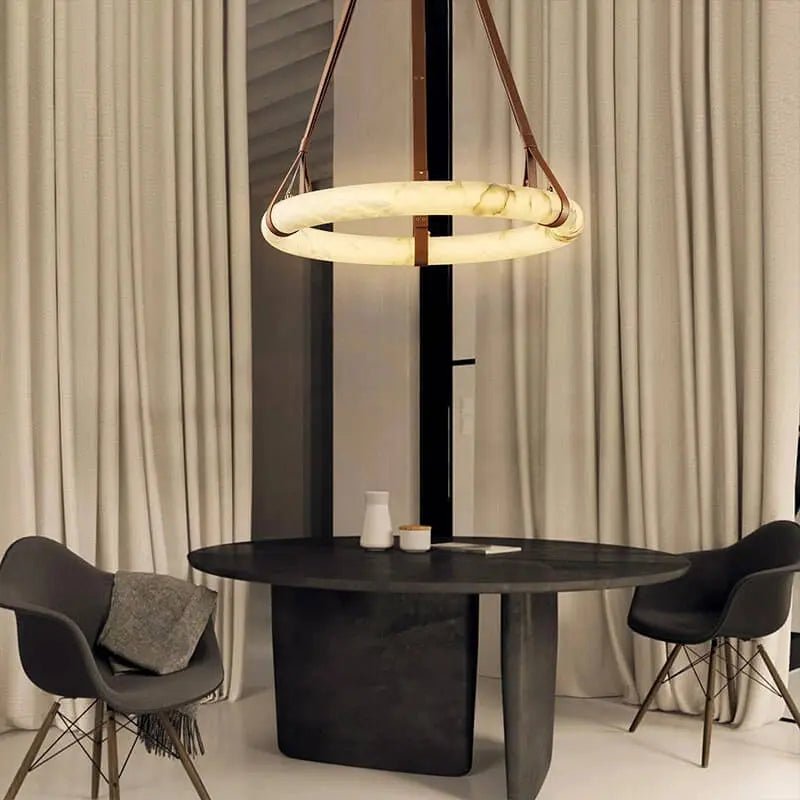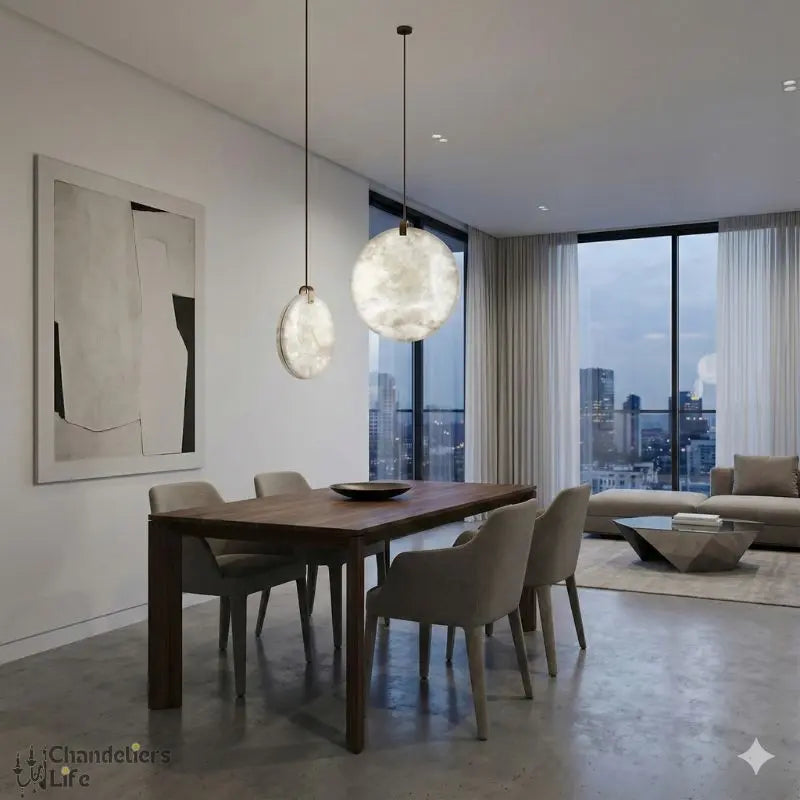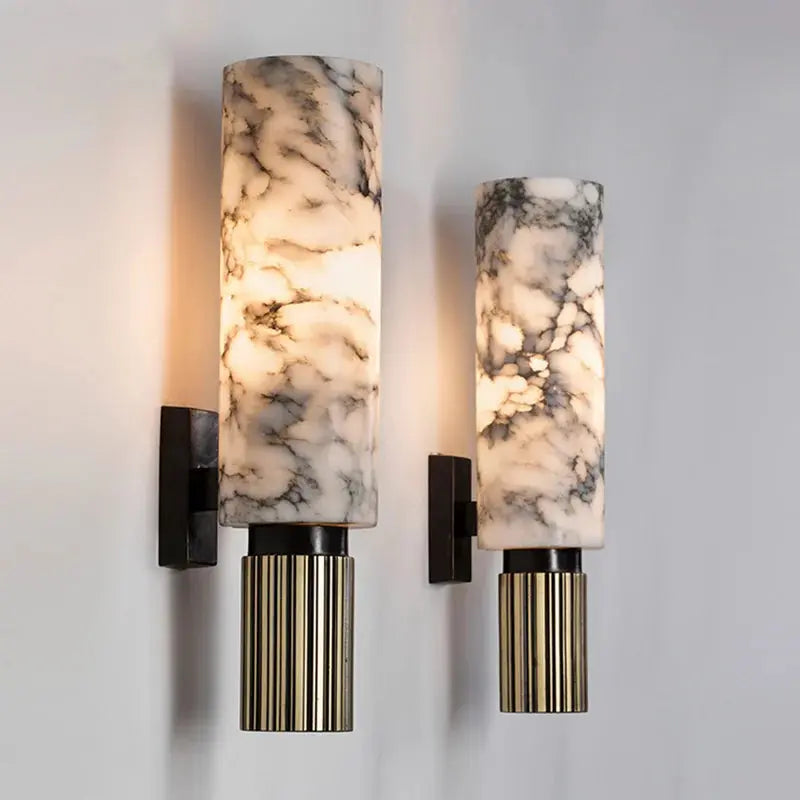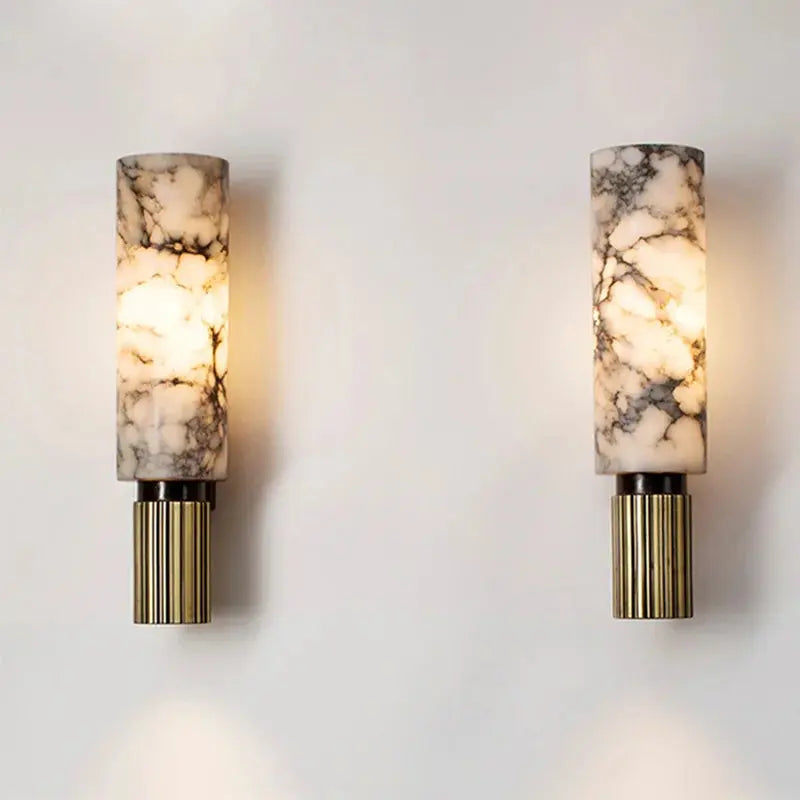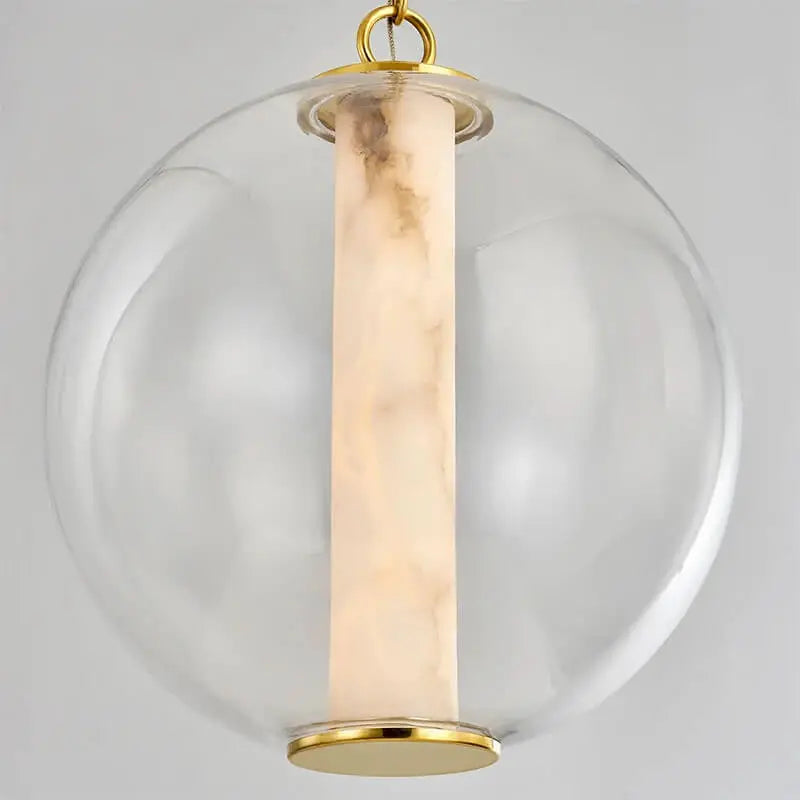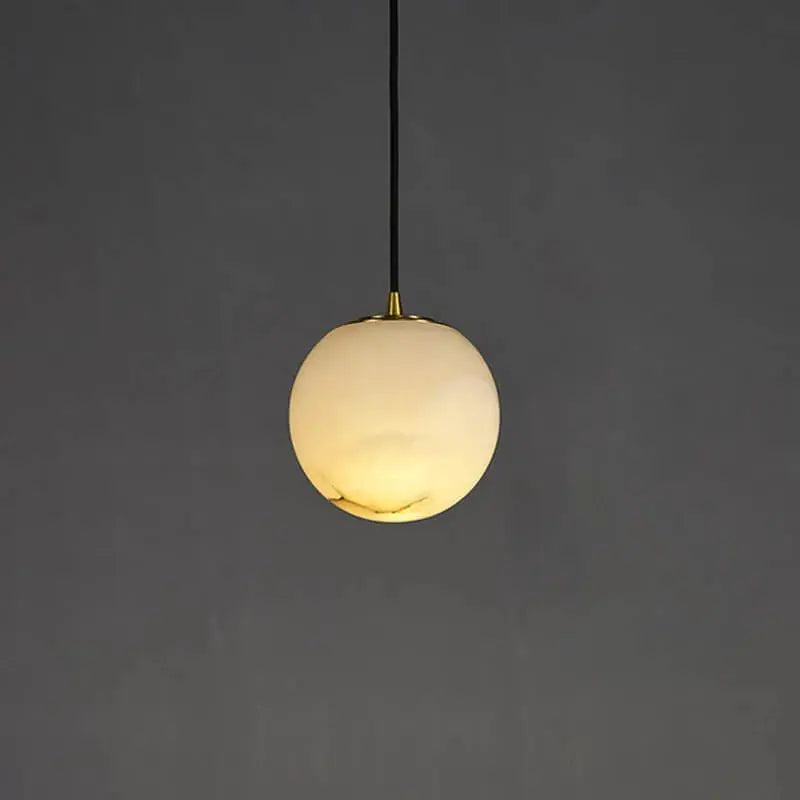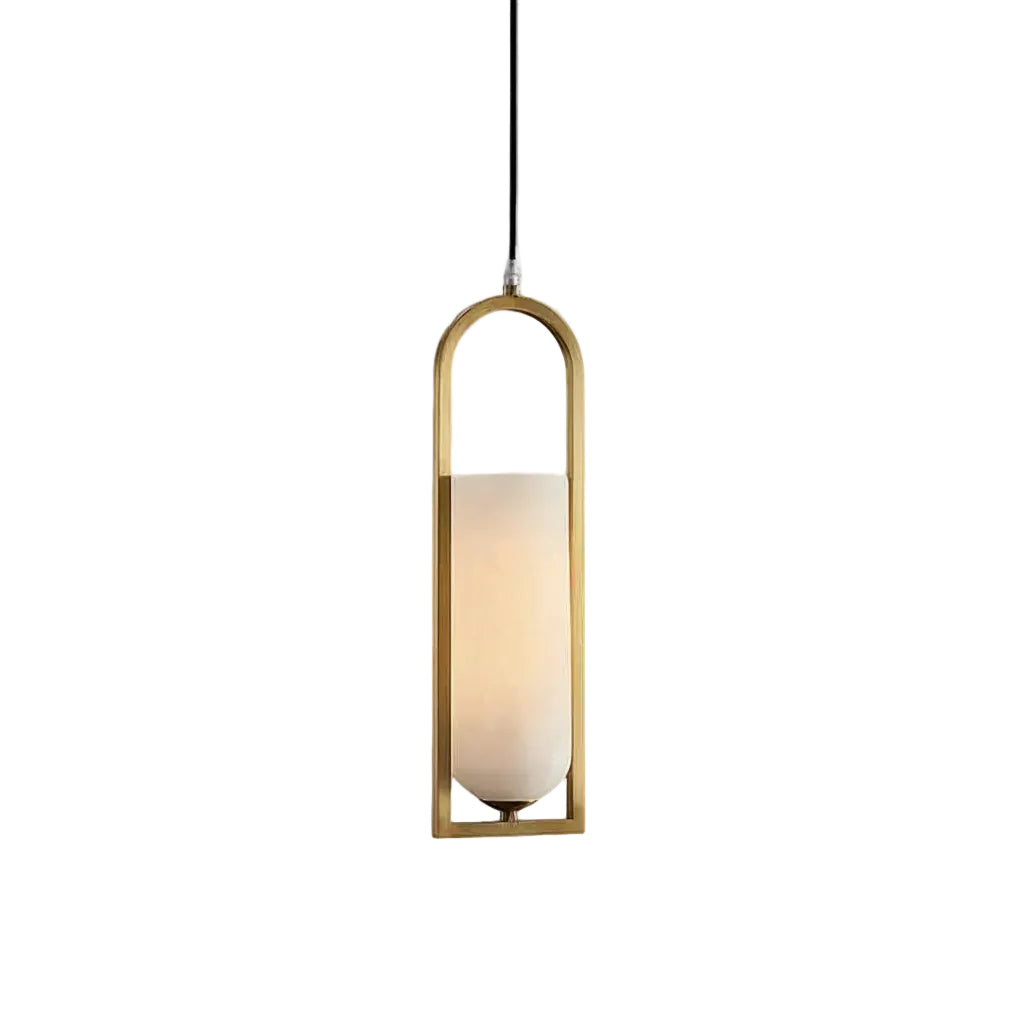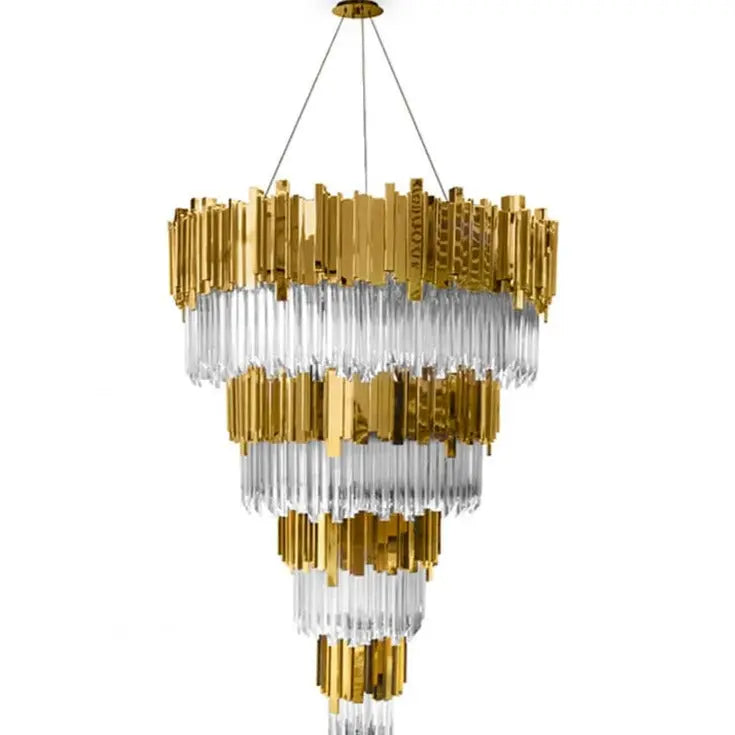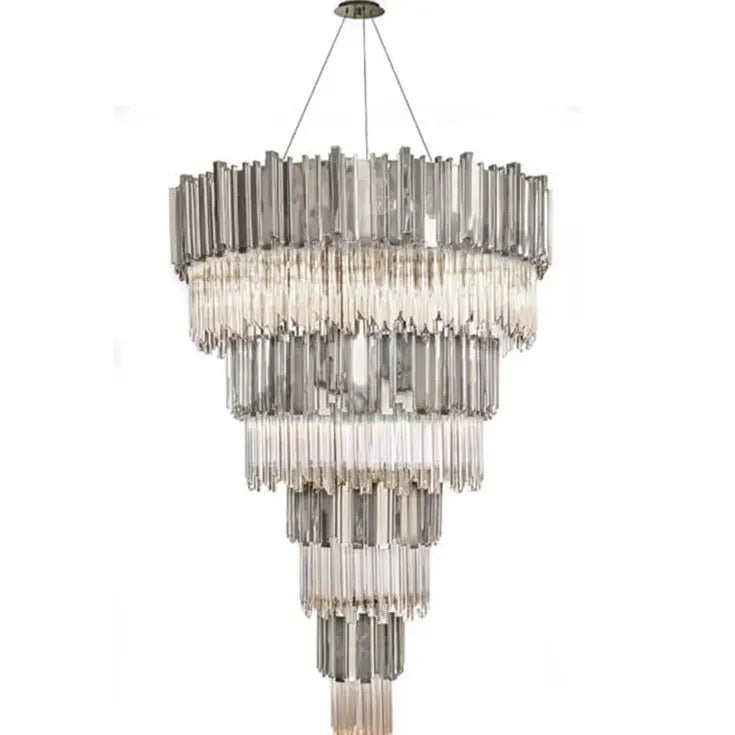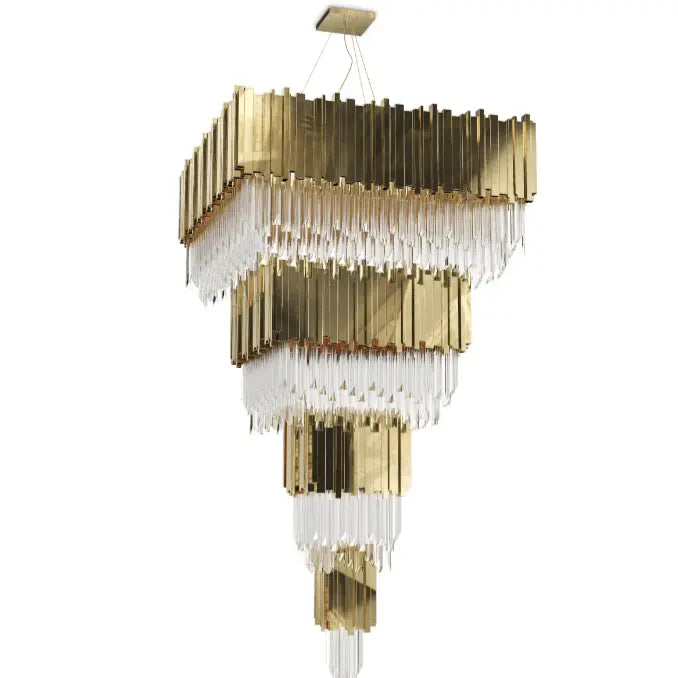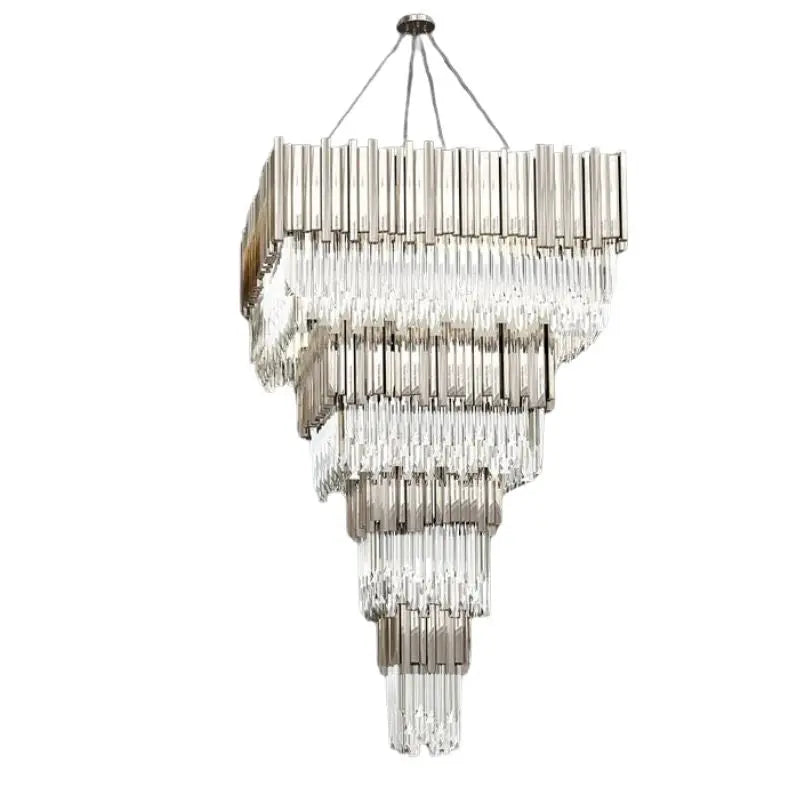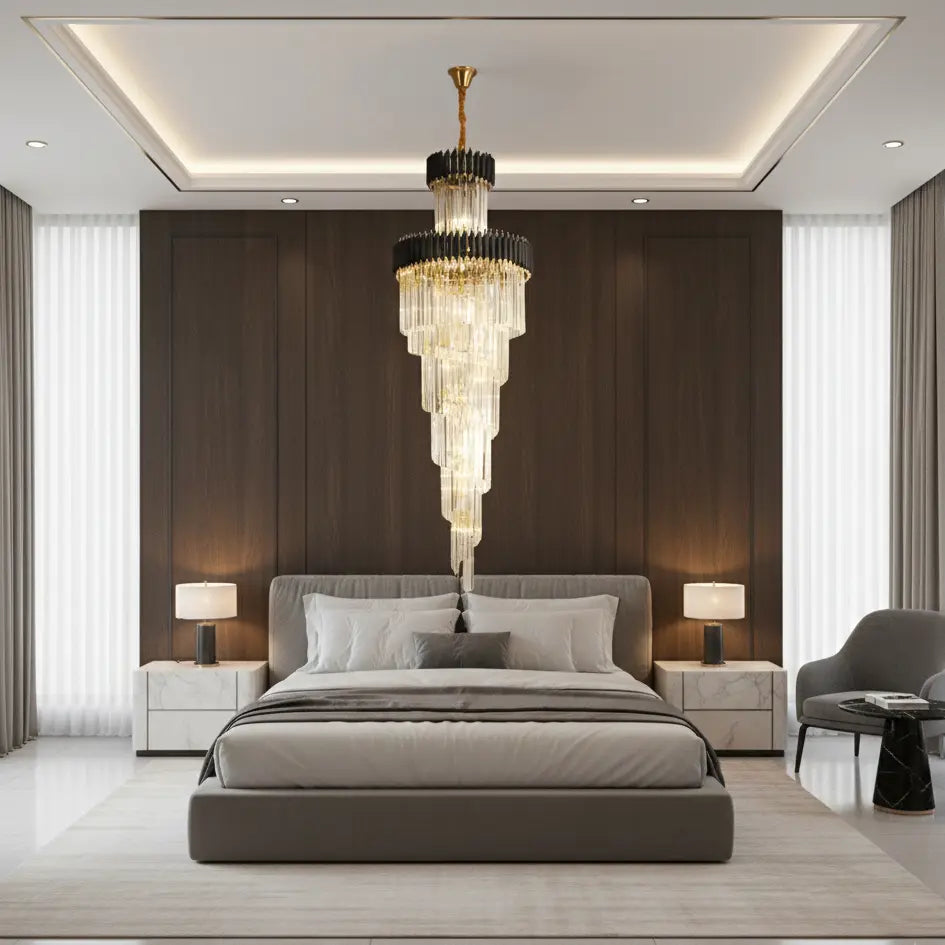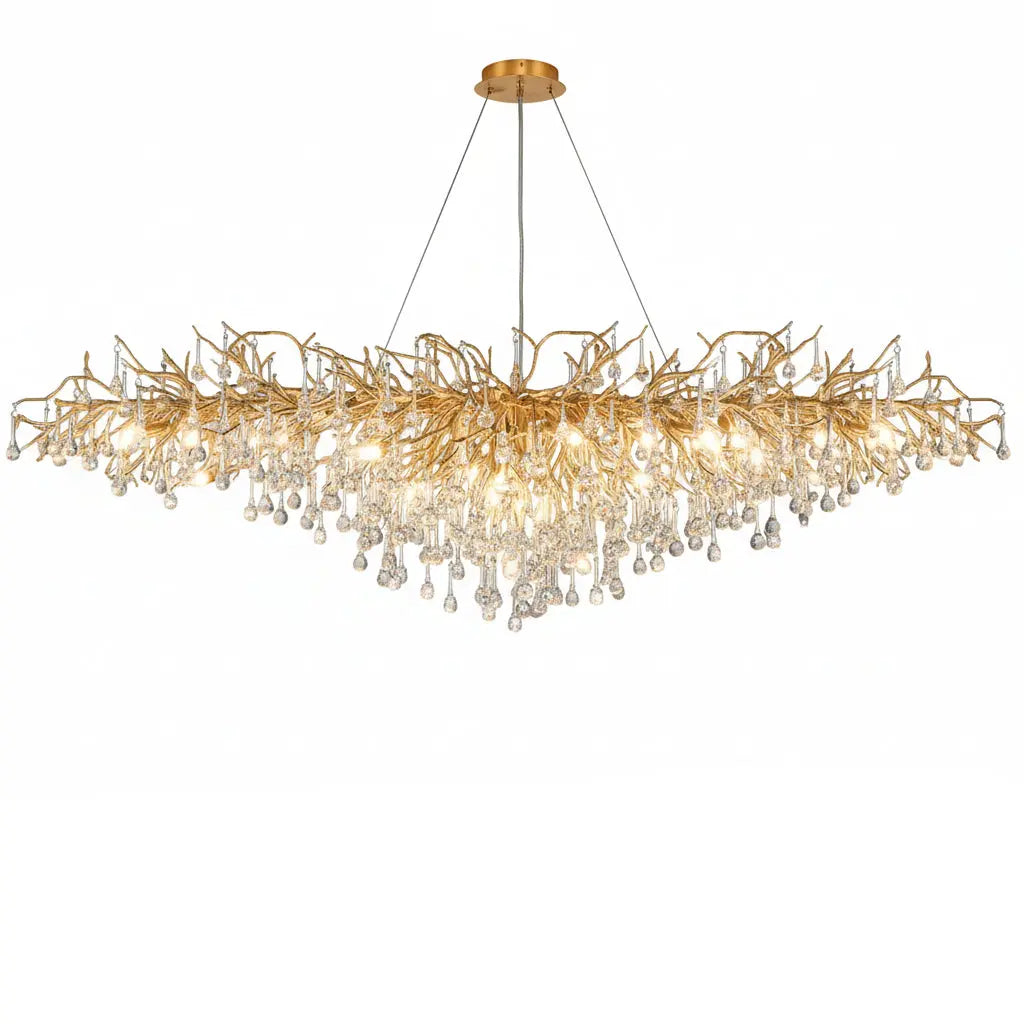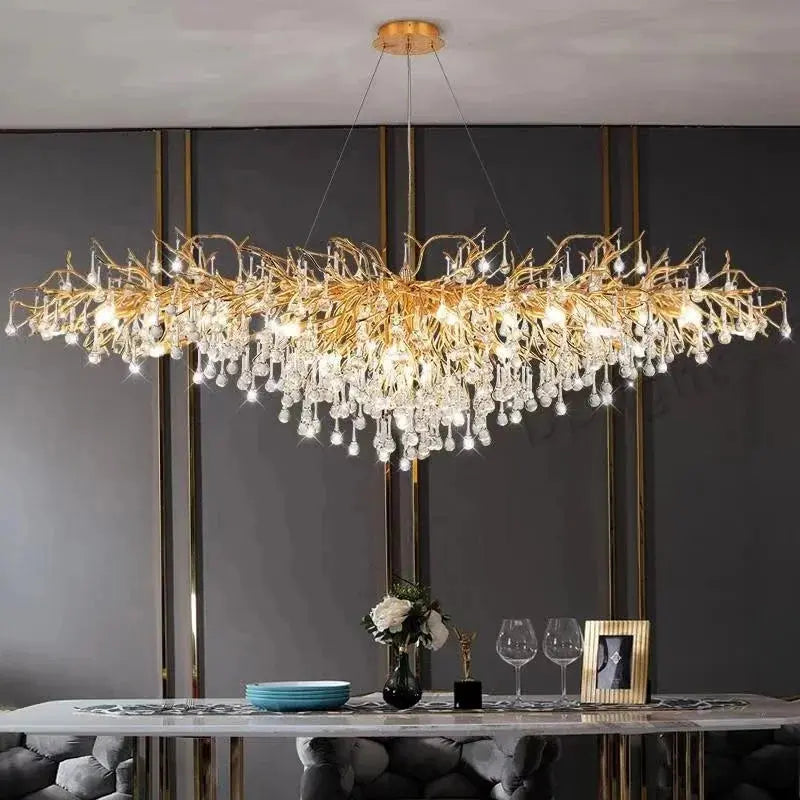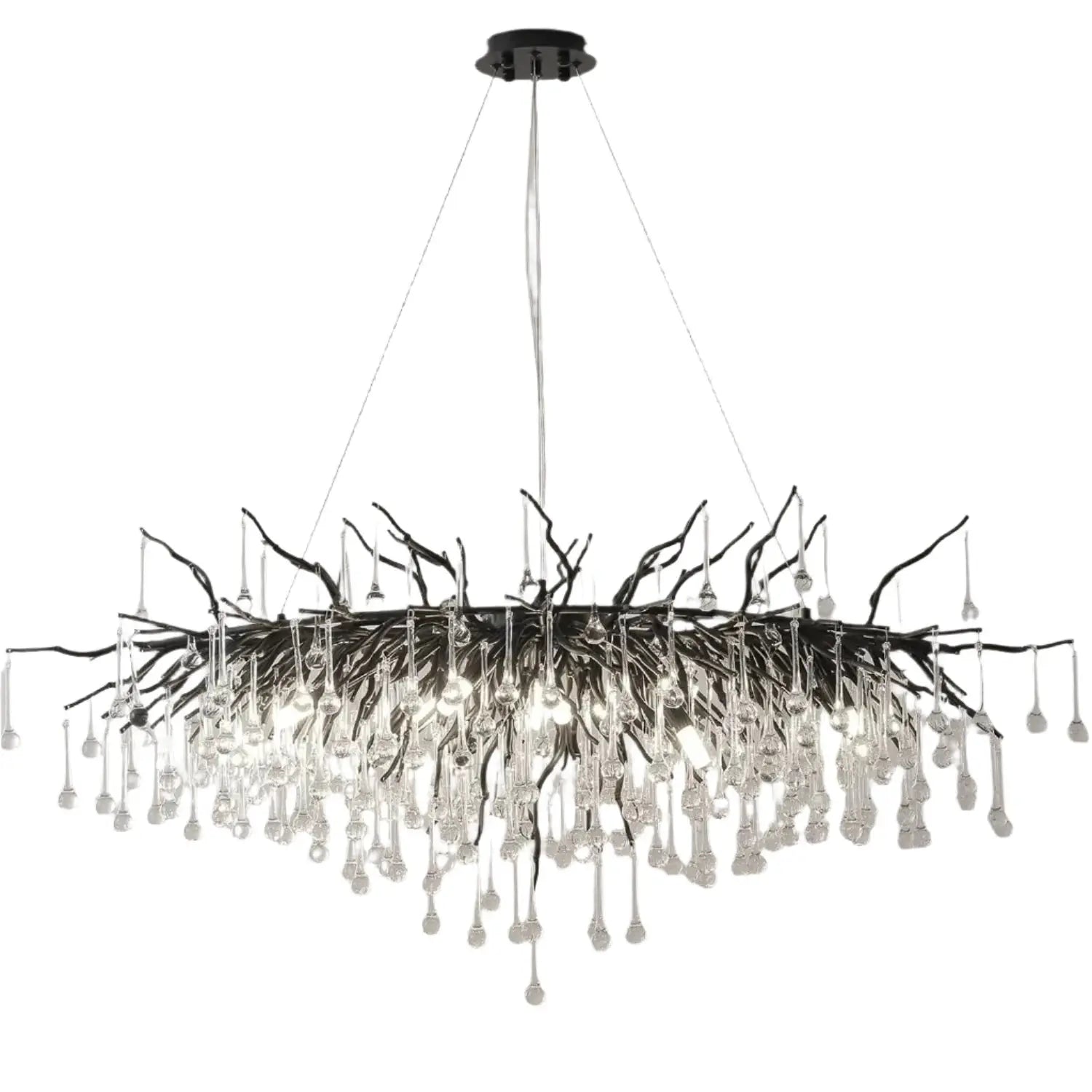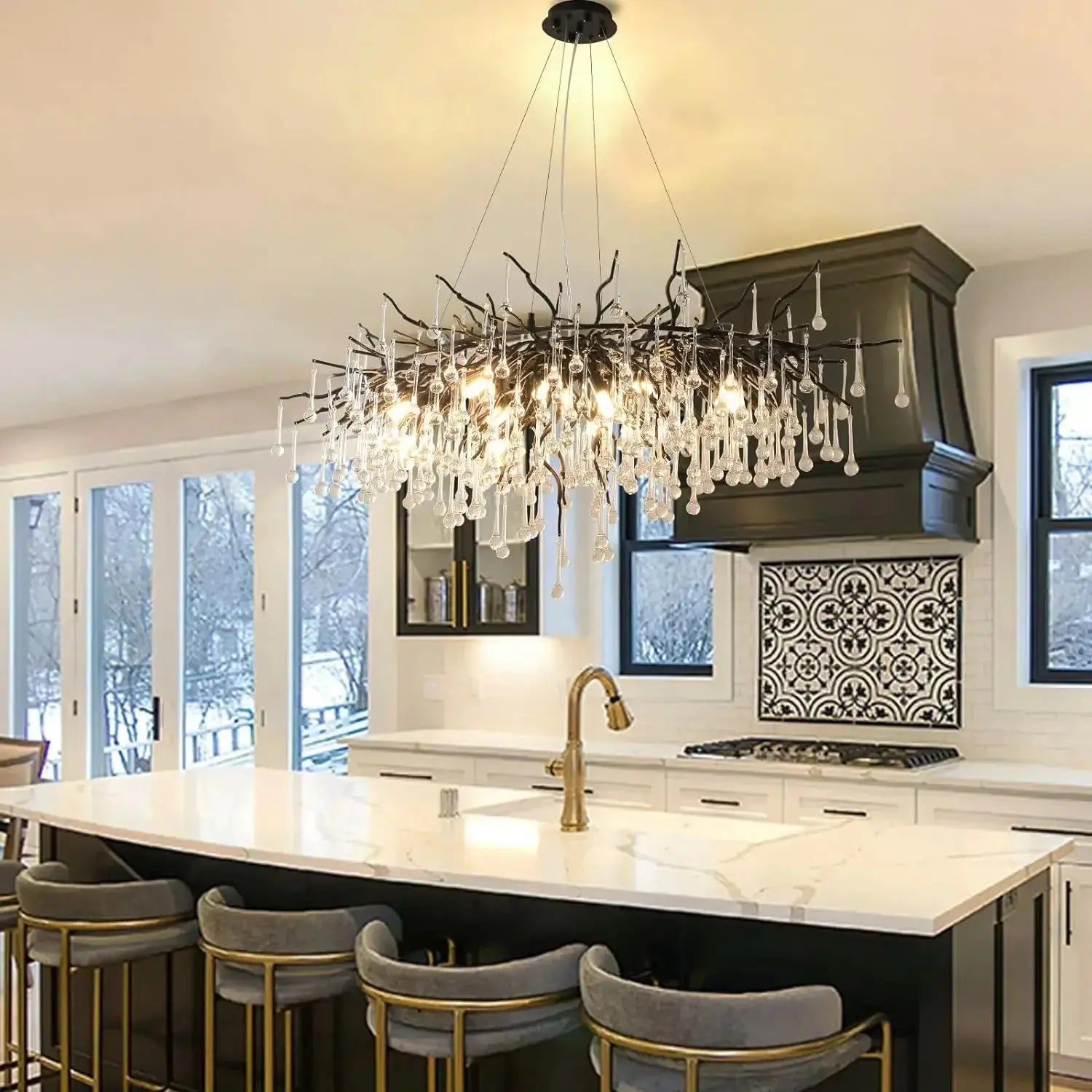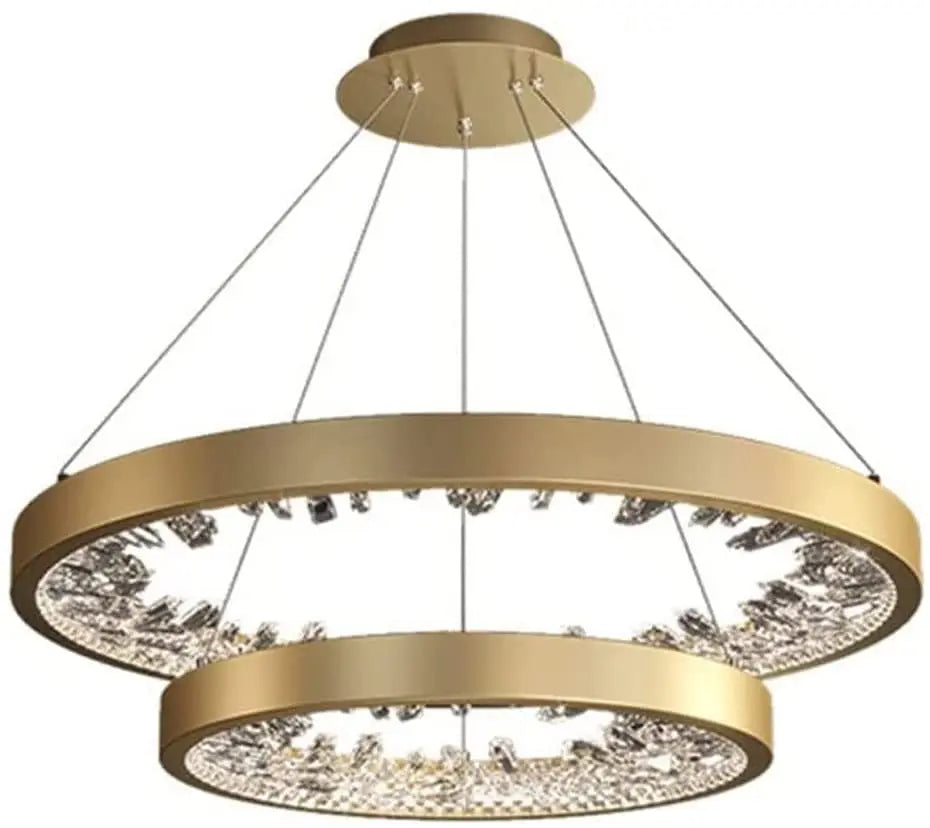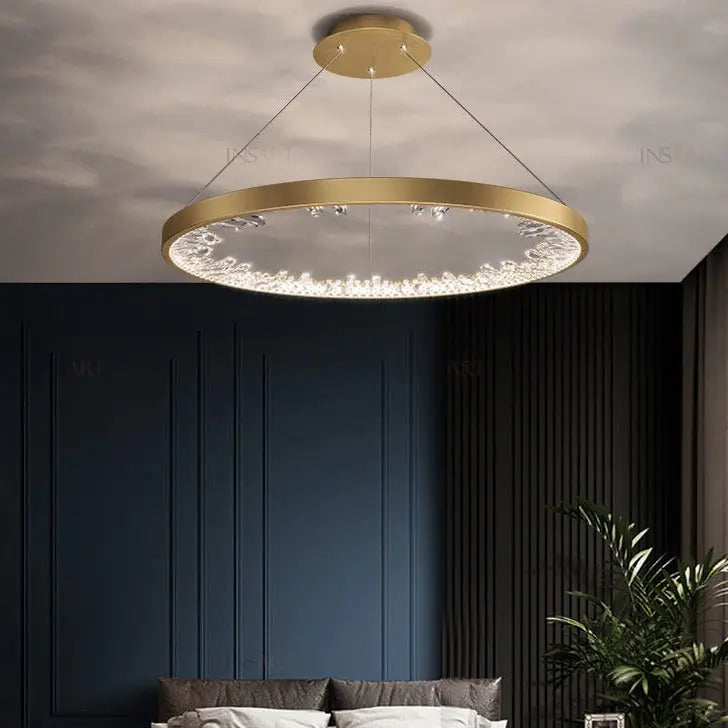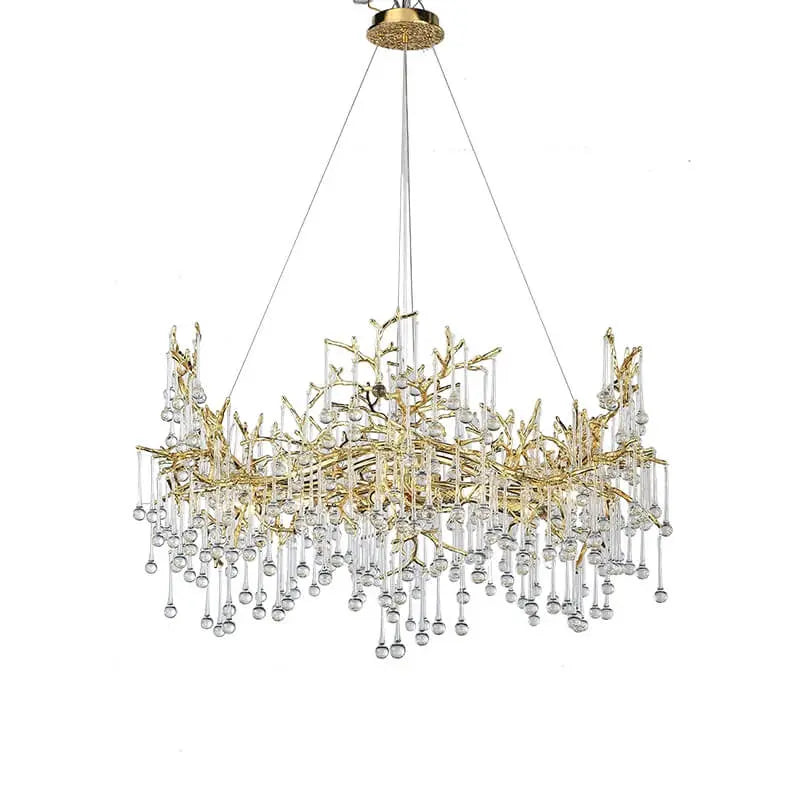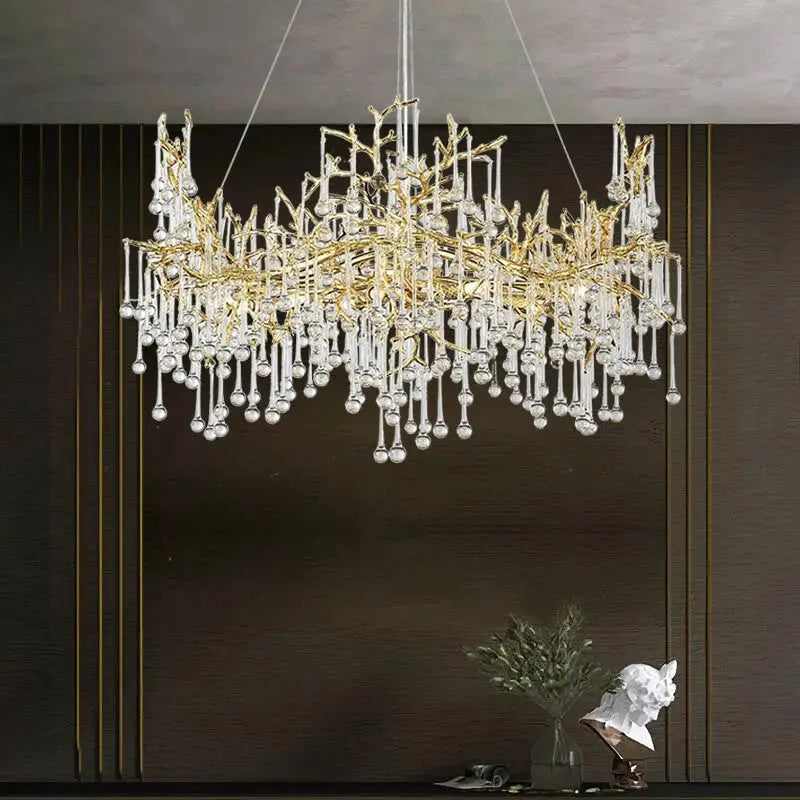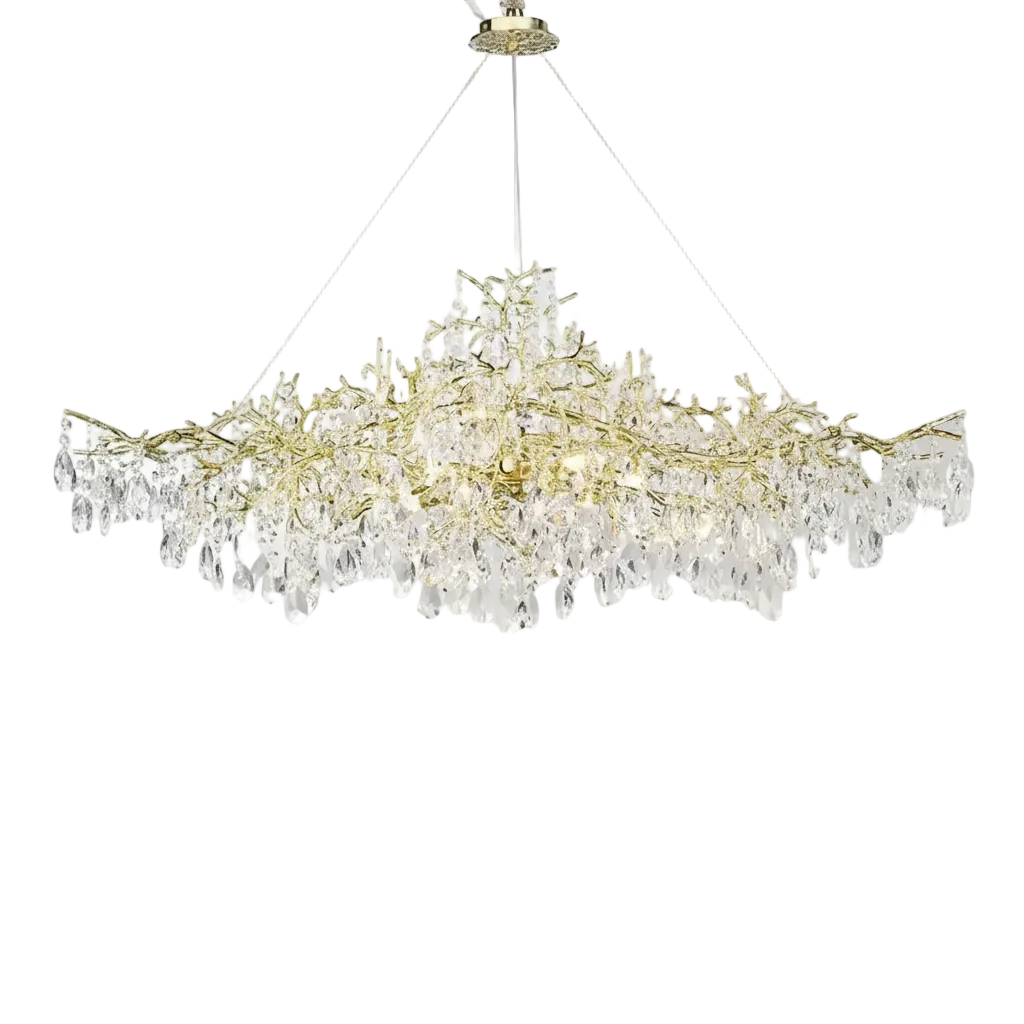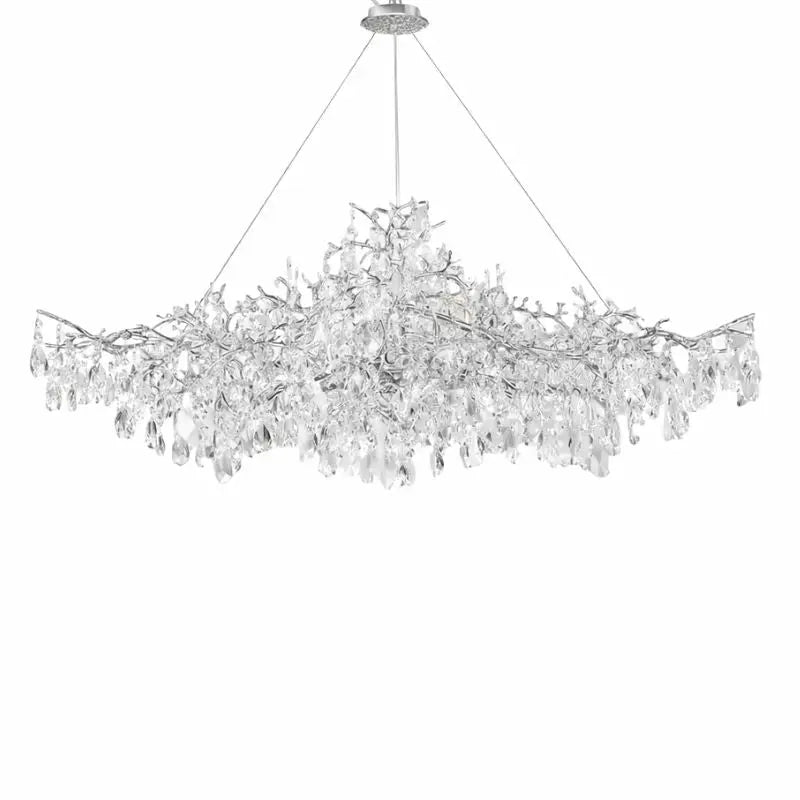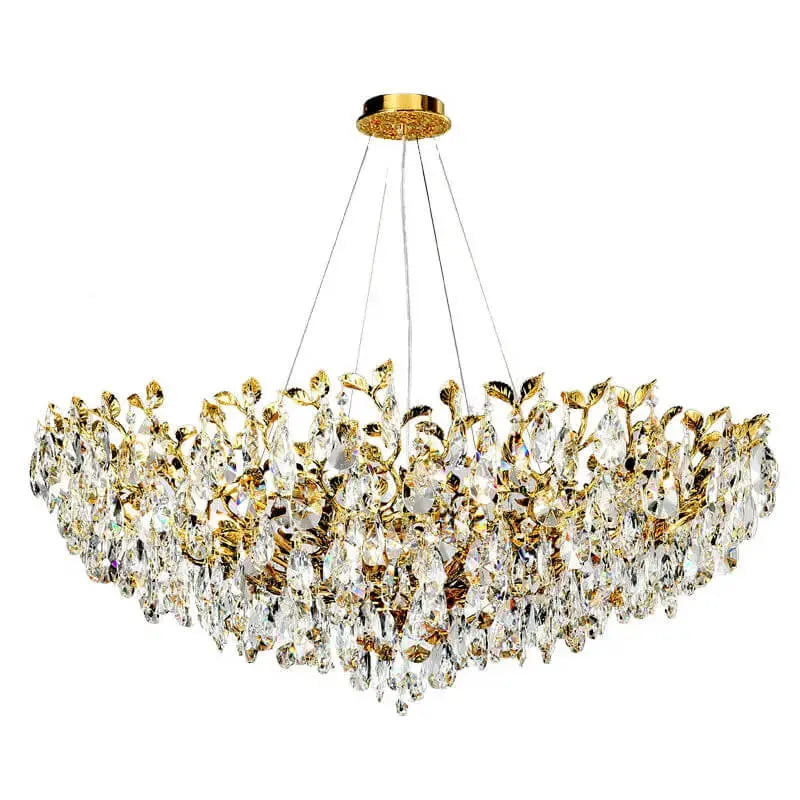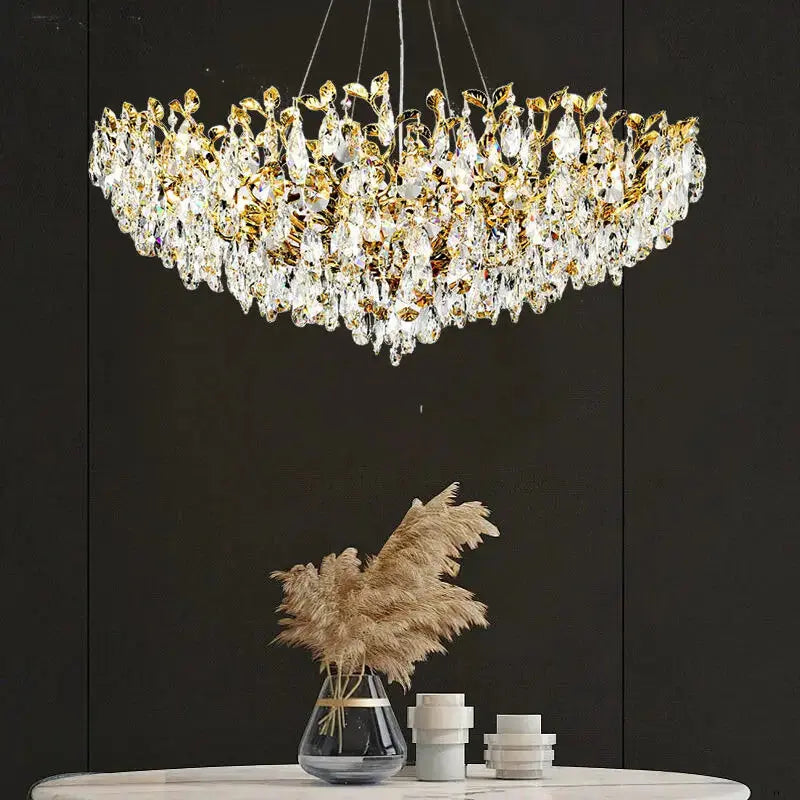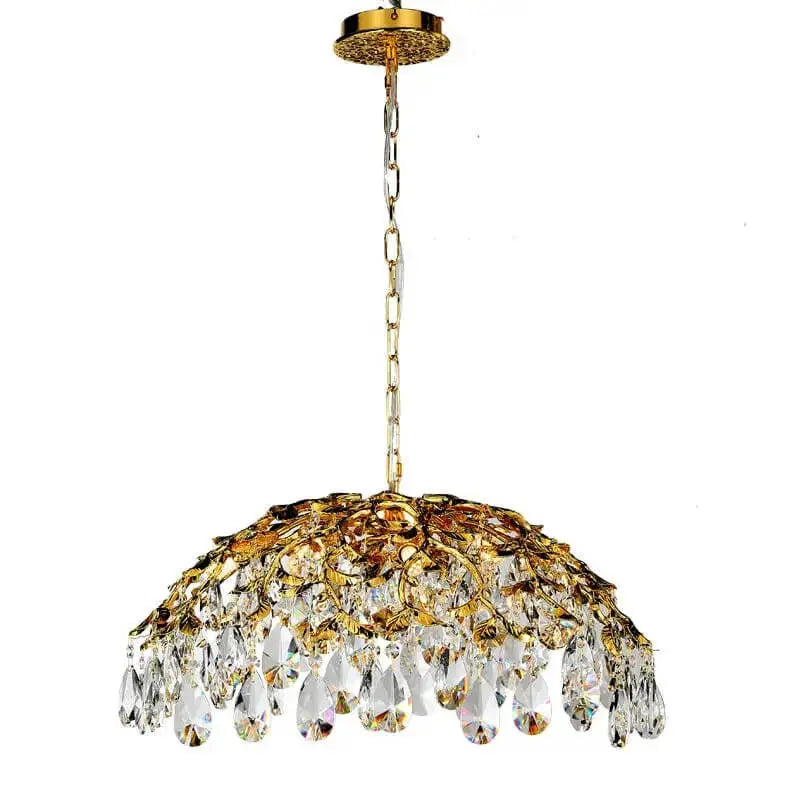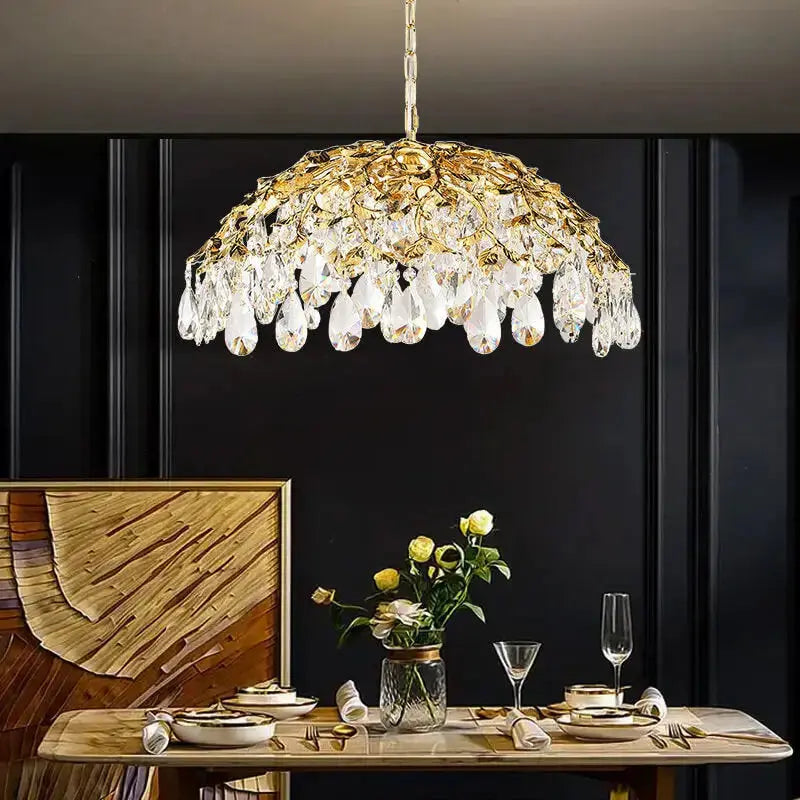Looking to strike a balance between simplicity and comfort in your living room? A cozy minimalist living room might be just what you need! In this guide, we’ll explore how to create a space that feels both inviting and uncluttered. It’s all about combining essential elements with a warm touch to make your room a true sanctuary.
Key Takeaways
- Choose furniture with clean lines and neutral colors to set a calming tone.
- Incorporate natural materials and textures to add warmth and connection to nature.
- Maximize natural light by keeping windows clear and using soft curtains.
- Add personal touches like plants and curated decor to make the space feel unique.
- Layer different textures and subtle patterns to create depth without clutter.
Creating a Welcoming Atmosphere
It's all about making your living room feel like a place you actually want to be. Not just a showroom, you know? Think about what makes you feel relaxed and happy, and then bring those elements into the space. It's easier than it sounds, trust me.
Incorporating Textured Accessories
Texture is your friend. Seriously, it can take a minimalist space from cold to cozy in a heartbeat. Think about adding a chunky knit throw, a woven basket for blankets, or even just a few cushions with different textures. It's a simple way to add depth and interest without adding clutter. I found that mixing different textures can make a big difference. For example:
- A soft, faux fur rug
- Linen curtains
- A ceramic vase with a matte finish
Choosing the Right Color Palette
Color is important, but in a minimalist space, less is often more. Sticking to a neutral color palette is a good idea, but that doesn't mean it has to be boring! You can add warmth with different shades of beige, gray, or even a muted green. The key is to choose colors that are calming and inviting. Don't be afraid to experiment with different shades of the same color to create depth. You can also add pops of color with accessories, but keep them minimal. Think of it as a blank canvas, and you're adding just a few carefully chosen details. You can use neutral colors as a base.
Utilizing Natural Elements
Bringing the outdoors in is a great way to create a welcoming atmosphere. Plants are an obvious choice, but you can also incorporate natural materials like wood, stone, or even just a few seashells. Natural light is also key, so make sure to keep your windows clear and let as much sunlight in as possible.
I've found that adding a few plants can really brighten up a space and make it feel more alive. It doesn't have to be anything fancy, just a few simple succulents or a small potted tree. The key is to choose plants that are easy to care for and that fit with the overall aesthetic of the room.
Furniture Selection for Comfort

Opting for Clean Lines
When it comes to minimalist living, your furniture choices are super important. Think simple, think sleek, and think clean lines. Forget about bulky, ornate pieces. Instead, go for sofas, chairs, and tables that have a streamlined design. This helps to keep the space feeling open and uncluttered. I recently swapped out my old, overstuffed couch for a modern sofa with a low profile, and it made a huge difference in how spacious the room feels. It's amazing how much visual space you can gain by just choosing the right furniture.
Choosing Functional Pieces
Every piece of furniture should have a purpose. In a minimalist space, you don't want anything just taking up room. Look for items that can serve multiple functions. For example, a coffee table with storage, or a sofa bed for guests. I'm a big fan of ottomans that double as storage bins. They're perfect for stashing blankets, books, or anything else you want to keep out of sight. Also, consider a minimalist bathroom design to extend the theme.
Balancing Size and Space
It's easy to overcrowd a room, even with minimalist furniture. You need to make sure the size of your furniture is appropriate for the size of your living room. A huge sectional sofa might look great in a showroom, but it will overwhelm a small space. Before you buy anything, measure your room and map out where you want to put everything. Leave plenty of open space around the furniture so you can move around easily. Furniture placement is key; don't block natural light sources.
I always try to leave at least a few feet of space between furniture pieces. It makes the room feel more open and airy. Plus, it's easier to clean!
Mastering the Art of Lighting
Lighting can really make or break a room, especially when you're aiming for that cozy minimalist vibe. It's not just about having enough light; it's about the kind of light and how it interacts with the space. Think about how you want the room to feel – relaxed, energized, or something in between – and then tailor your lighting choices accordingly. It's a game changer, trust me.
Selecting Light Fixtures
Choosing the right light fixtures is key. You don't want anything too flashy or complicated. Instead, go for fixtures with clean lines and simple designs. Think about the function of each fixture too. A floor lamp next to your favorite reading chair, pendant lights above a dining table, or recessed lighting to brighten up the whole room. It's all about creating a balance between form and function.
Here's a quick rundown of fixture types:
- Floor Lamps: Great for adding soft, ambient light to corners.
- Table Lamps: Perfect for task lighting on desks or side tables.
- Pendant Lights: Ideal for creating a focal point over a dining area.
Maximizing Natural Light
Natural light is your best friend in a minimalist space. It makes the room feel bigger, brighter, and more inviting. Try to keep your windows as unobstructed as possible. Use sheer curtains or blinds that let the light filter through while still providing some privacy. Mirrors can also be used to bounce light around the room, making it feel even more spacious. If you're lucky enough to have large windows, embrace natural light as a decor element.
Creating Ambiance with Layers
Layering light is all about combining different types of light to create a well-balanced and inviting space. You'll want to have a mix of ambient, task, and accent lighting. Ambient lighting provides overall illumination, task lighting helps with specific activities, and accent lighting highlights certain features in the room. By layering these different types of light, you can create a space that is both functional and beautiful.
Think of it like this: ambient light sets the mood, task light helps you get things done, and accent light adds a touch of drama. When all three work together, you've got a winning combination.
Don't be afraid to experiment with different combinations until you find what works best for you. And remember, the goal is to create a space that feels both cozy and minimalist – a place where you can relax and recharge after a long day.
Personal Touches in Minimalism
Minimalism doesn't mean your living room has to feel sterile or impersonal. It's about carefully selecting items that bring you joy and reflect your personality, all while maintaining a sense of calm and order. It's about quality over quantity, and making sure everything in your space has a purpose or meaning.
Curating Meaningful Decor
Think about the items you truly love and that tell a story. These are the pieces that should take center stage. Instead of filling shelves with knick-knacks, choose a few treasured items that spark joy. Maybe it's a piece of pottery from a trip, a vintage book, or a framed photograph. The key is to be selective and intentional. Don't just display things because you feel like you should; display them because they mean something to you. This approach ensures your space feels personal and inviting, without feeling cluttered.
Incorporating Plants
Plants bring life and vibrancy to any space, and they're a perfect fit for a minimalist living room. They add a touch of nature, purify the air, and create a sense of calm. Choose plants that are easy to care for and that complement your decor. A few well-placed plants can make a big difference in the overall feel of the room. Consider the following:
- Snake plants: Low-maintenance and air-purifying.
- Pothos: Easy to propagate and adds a trailing element.
- ZZ plants: Tolerant of low light and infrequent watering.
Plants not only enhance the aesthetic appeal of your living room but also contribute to a healthier and more relaxing environment. Their presence can significantly improve your mood and reduce stress levels.
Displaying Art Thoughtfully
Art can be a powerful way to express your personality and add visual interest to your minimalist living room. But it's important to choose pieces that you truly love and that complement the overall aesthetic. A single, well-chosen piece of art can make a bigger impact than a gallery wall of random prints. Consider the size, color, and style of the artwork, and make sure it fits the scale of the room. Think about soft pink hues to brighten up the space. Here's a simple guide:
| Art Type | Placement Suggestion |
|---|---|
| Large Canvas | Above the sofa or on a focal wall |
| Small Prints | Grouped together in a simple frame arrangement |
| Sculptural Piece | On a console table or as a centerpiece on a coffee table |
Embracing a Neutral Color Scheme

Choosing Base Colors
Okay, so when you're going for that cozy minimalist vibe, picking the right base colors is super important. Think about it: these are the shades that'll cover most of your walls and maybe even your bigger furniture pieces. Whites, soft grays, and beiges are your best friends here. They make the room feel bigger and brighter, plus they're calming. It's like hitting the reset button on your space. I went with a light gray in my living room, and it instantly felt more open.
Adding Accent Shades
Now, just because you're sticking to neutrals doesn't mean things have to be boring! Adding accent shades is where you can inject a little personality without going overboard. Think muted blues, greens, or even a soft blush pink. These colors can pop up in your throw pillows, artwork, or even a cool green wall paint. The trick is to keep it subtle. I added some dusty blue cushions to my couch, and it made a huge difference.
Layering Textures for Depth
This is where the magic happens! Layering textures is key to keeping a neutral space from feeling flat. Think about mixing a chunky knit throw with a smooth linen pillow or pairing a sisal rug with a velvet armchair. The contrast in textures adds visual interest and makes the room feel way more inviting. I recently got a soft pink armchair, and the texture alone makes the room feel warmer.
Don't be afraid to experiment with different materials. Wood, metal, glass, and natural fibers can all work together to create a space that feels both minimalist and cozy. It's all about finding the right balance and creating a space that feels good to you.
Balancing Functionality and Aesthetics
It's a tricky balance, right? You want your living room to look good, but it also needs to work for you. It's not just about pretty things; it's about creating a space that's both beautiful and useful. I think that's where a lot of people get stuck – they focus too much on one or the other.
Designing for Everyday Use
Think about how you actually use your living room. Do you watch a lot of TV? Read? Entertain guests? Your design should support those activities. For example, if you love to read, make sure you have a comfortable reading chair and good lighting. If you have kids, maybe opt for durable fabrics that can withstand spills and messes. It's all about making smart choices that fit your lifestyle. I know someone who designed their whole living room around their dog – the furniture is all dog-friendly, and there's even a built-in dog bed! It might sound crazy, but it works for them.
Creating Open Spaces
One of the biggest mistakes people make is cramming too much stuff into their living room. It makes the space feel small and cluttered. Try to create open spaces by using furniture that doesn't take up too much room and arranging it in a way that allows for easy movement. I'm a big fan of floating furniture – pieces that don't sit flush against the walls. It creates a sense of airiness and makes the room feel bigger. Also, mirrors are your friend! They can really open up a space and make it feel brighter.
Maintaining a Clutter-Free Environment
This is probably the hardest part for me, because I tend to accumulate stuff. But a clutter-free environment is essential for both functionality and aesthetics. It's hard to relax and enjoy your living room when it's full of junk.
Develop a system for decluttering regularly. Maybe it's a weekly sweep, or maybe it's a monthly deep clean. Whatever works for you, stick to it. And don't be afraid to get rid of things! If you haven't used it in a year, chances are you don't need it. Consider donating items to local charities or selling them online.
Here's a simple decluttering checklist:
- Clear surfaces daily.
- Designate a spot for everything.
- Purge items regularly.
It's all about finding that sweet spot where your living room looks good and feels good. It takes some effort, but it's worth it in the end. You'll have a space that's both beautiful and functional, a place where you can relax, entertain, and just be yourself. And isn't that what it's all about?
Incorporating Cozy Textiles
Choosing Soft Rugs
Okay, so when you're aiming for that cozy minimalist vibe, rugs are a big deal. Think about sinking your toes into something soft and inviting. I usually go for rugs with a higher pile, but not too high, because, you know, cleaning. Natural fibers like wool or cotton are great because they add warmth and texture without being overwhelming. Plus, a larger rug can really anchor the space and make it feel more complete. Don't be afraid to layer rugs either! A smaller, patterned rug on top of a larger, neutral one can add some visual interest without sacrificing the minimalist feel. You can find great textured rugs that fit the bill.
Adding Throws and Pillows
Throws and pillows are like the easiest way to add instant coziness. I'm a big fan of chunky knit throws – they just scream comfort. But honestly, any soft material works. Think about velvet, faux fur, or even just a simple cotton throw. The key is to have a variety of textures and colors, but keep it within your overall color palette. I usually stick to neutral tones with maybe one or two accent colors. And don't be afraid to mix and match pillow sizes and shapes! It adds a little bit of visual interest without being too chaotic.
Using Subtle Patterns
Patterns can be tricky in a minimalist space, but they can also add a lot of personality. The trick is to keep them subtle. Think about geometric patterns, or maybe a simple stripe. Avoid anything too busy or overwhelming. I like to use patterns in my throws and pillows, but you could also incorporate them into your curating a gallery wall or even your rug. Just remember to keep the color palette consistent and don't overdo it. A little pattern can go a long way in adding depth and interest to your space.
I've found that the key to incorporating cozy textiles into a minimalist space is to focus on quality over quantity. Choose a few key pieces that you really love and that add warmth and texture to the room. Don't be afraid to experiment with different textures and patterns, but always keep the overall color palette consistent. And most importantly, make sure everything is comfortable and inviting!
Wrap-Up: Your Cozy Minimalist Retreat
So, there you have it! Creating a cozy minimalist living room doesn’t have to be a huge task. Just remember to keep it simple and focus on what really matters. Choose furniture that feels good and looks clean, add some natural elements for warmth, and don’t forget about lighting. A few personal touches can really make the space yours without making it feel cluttered. Embrace the calm that comes with minimalism, and enjoy your new cozy retreat. Now go ahead and start transforming your space—you’ve got this!
Frequently Asked Questions
What should I focus on when designing a cozy minimalist living room?
The key is to keep it simple and comfy. Use clean furniture lines, natural materials, and a few personal touches to make the space feel warm.
How can I choose the right furniture for my minimalist living room?
Look for furniture that has simple shapes and neutral colors. Make sure each piece serves a purpose to avoid clutter.
Is creating a cozy minimalist living room expensive?
It doesn't have to be! You can find affordable furniture and decor that fit the minimalist style. Focus on quality over quantity.
How can I add personal touches without making the room feel cluttered?
Select a few meaningful items like photos or plants and display them thoughtfully. This keeps the space personal but still minimal.
What type of lighting works best in a minimalist living room?
Choose simple light fixtures like pendant lights or floor lamps that provide warm light without being too flashy.
How can I make the most of natural light in my living room?
Keep windows clear and use light curtains to let in as much sunlight as possible. This helps create a bright and airy feel.

